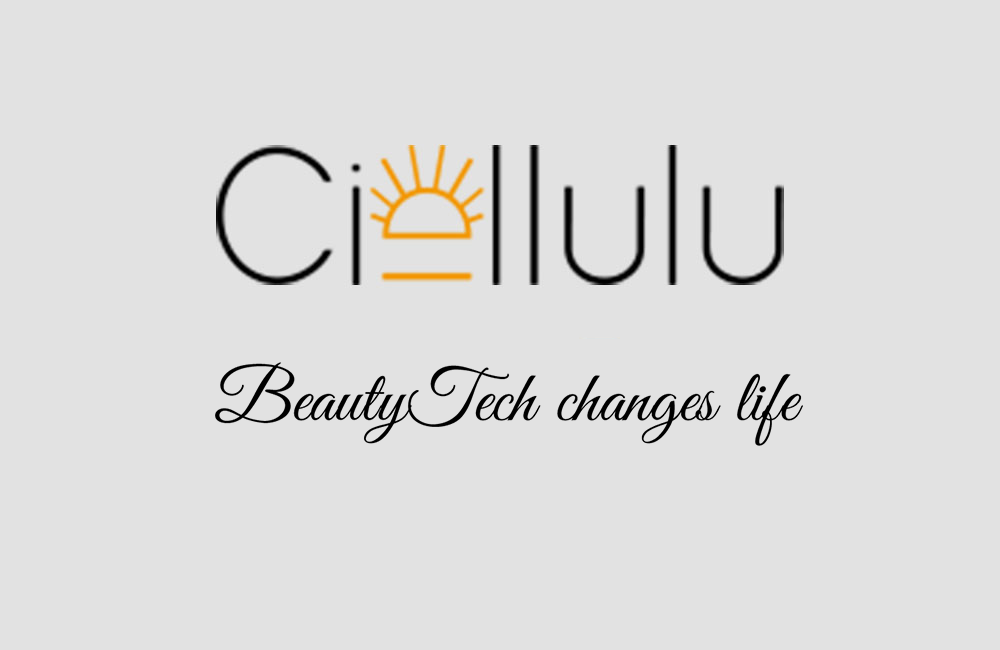How to Read Skincare Product Labels for Acne

How to Read Skincare Product Labels for Acne
How to Read Skincare Product Labels for Acne
Navigating the diverse world of skincare can be overwhelming, especially when managing acne-prone skin. With a plethora of products claiming to offer quick fixes, it's essential to understand what you're putting on your skin. Here's a comprehensive guide to decoding skincare product labels, particularly for those dealing with acne, and an exploration of related treatments such as skin whitening and laser therapies.
Key Ingredients to Look For in Acne Products
- Salicylic Acid
- Function: Exfoliates the skin and dives deep into pores to clear them out.
-
Label Tip: Look for a concentration between 0.5% to 2% for effective acne treatment.
-
Benzoyl Peroxide
- Function: Kills acne-causing bacteria and reduces inflammation.
-
Label Tip: Concentrations range from 2.5% to 10%. Start with a lower concentration to see how your skin responds.
-
Alpha Hydroxy Acids (AHAs)
- Function: Helps to exfoliate the surface of the skin, promoting cell turnover.
-
Label Tip: Commonly listed AHAs include glycolic acid and lactic acid.
-
Retinoids
- Function: Unclogs pores, reduces acne outbreaks, and limits the formation of acne scars.
-
Label Tip: Retinol is a common over-the-counter form, but stronger versions are available via prescription.
-
Niacinamide
- Function: Reduces inflammation and sebum production.
- Label Tip: Often found in spot treatments for acne.
Decoding Labels for Skin Whitening Treatments
- Active Ingredients: Hydroquinone, Kojic Acid, Vitamin C, and Licorice Root extract are common active ingredients in skin whitening treatments.
- Purpose: These ingredients work to lighten hyperpigmentation, dark spots, and acne scars.
- Usage Tips: It's crucial to pair skin whitening treatments with high SPF sunscreen as they can make the skin more sensitive to the sun.
Incorporating Advanced Treatments
- Laser Skin Rejuvenation
- Description: This treatment uses laser technology to treat acne scars, wrinkles, and hyperpigmentation.
-
Before and After: Patients typically see significant changes in the texture and tone of their skin, though multiple sessions are often required.
-
IPL (Intense Pulsed Light) Treatment
- Function: Targets pigment issues and reduces redness associated with acne.
- IPL Machines for Sale: Available for professional and even some home use, but professional treatment is recommended for safety and efficacy.
Targeted Treatments for Specific Areas
- Spot Treatment for Acne
- Ingredients to Look For: Salicylic acid, sulfur, and tea tree oil.
-
Application: Apply directly to acne spots to help reduce size and inflammation.
-
Underarm Skin Whitening Treatment
- Common Issues: Darkening of the underarms can be due to shaving, sweating, and product build-up.
-
Products: Look for products containing gentle exfoliants or bleaching agents like niacinamide or AHA.
-
General Skin Whitening Treatments
- Daily Regimen: Consistent use of cleansers, serums, and creams formulated with skin whitening ingredients can help achieve an even skin tone.
- Caution: Consult a dermatologist to avoid potential side effects and ensure the effectiveness of the treatment.
Conclusion
Understanding how to read skincare product labels is vital in selecting the right products for acne treatment. By familiarizing yourself with key ingredients and effective treatments, you can make informed choices. Don't forget the importance of professional treatments like laser skin rejuvenation and IPL for more dramatic and longer-lasting results. Whether targeting specific areas or seeking a comprehensive skin whitening treatment, ensuring you are knowledgeable about the products you use will help you achieve clearer, healthier skin.
Make informed choices, be patient with treatments, and always protect your skin from further damage by using sunscreen and following recommended usage instructions.




 Ciellulu Laser - Facial Machine Supplier
Ciellulu Laser - Facial Machine Supplier

